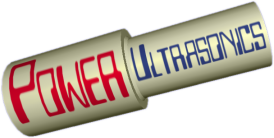Square sonotrode
Hi.
I am very new to ultrasonics and would like to learn from you all. Thanks in advance. :)
I have an square sonotrode that was crack at the center. Is it possible to get it repaired?
If I want to make a new square sonotrode, can I just copy the shape? How about the materials. I am not sure if I can get the same material in my area! If I need to do tuning, what equipment do I need? Can I use the US generator to do the testing, any possible problem to it. I am scare of damaging the US gen coz it is very expensive (Branson 2000ea, 30Khz, 1500W).
Where can I get used US gen at 30kHz?
